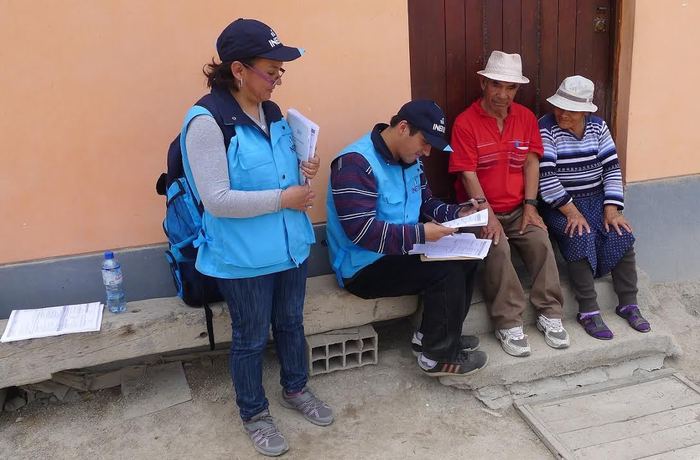
ILO model questions on economic characteristics for population censuses
This resource includes model question sequences suitable for inclusion in a census form to capture the UN recommended core and additional topics on economic activity, aligned with the latest standards adopted by the ICLS.
ILO model questions on economic characteristics for population censuses Read More »





